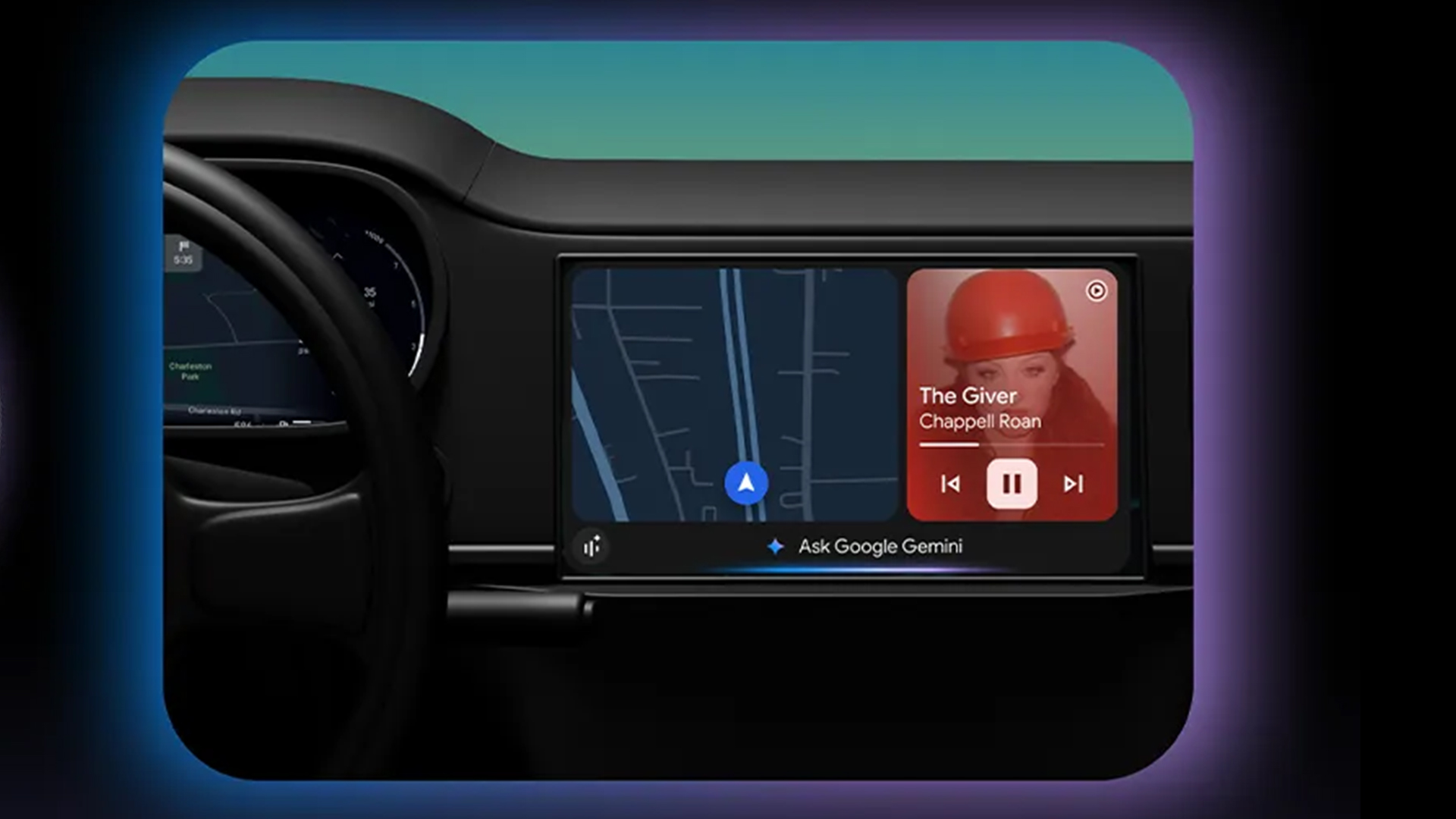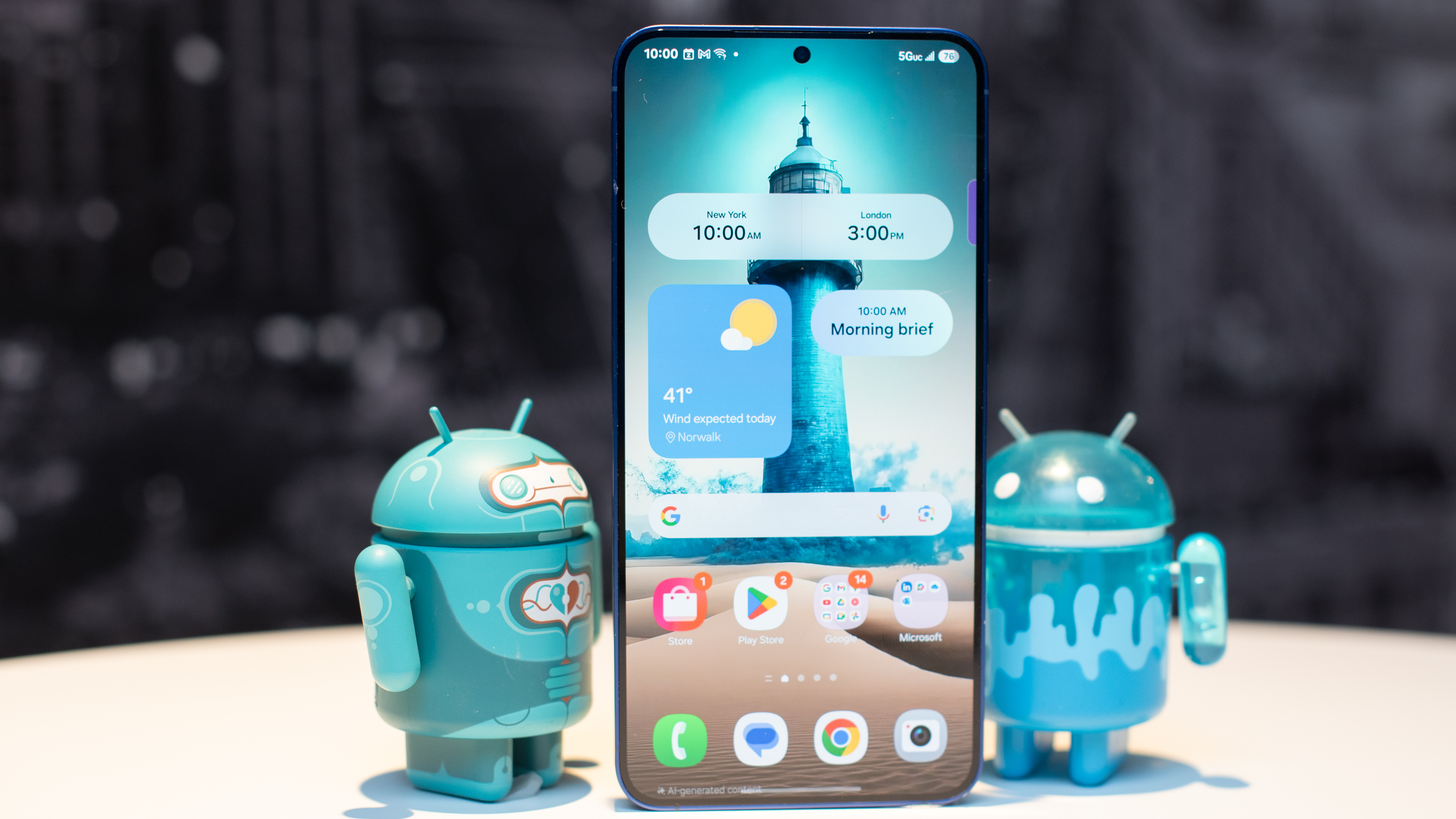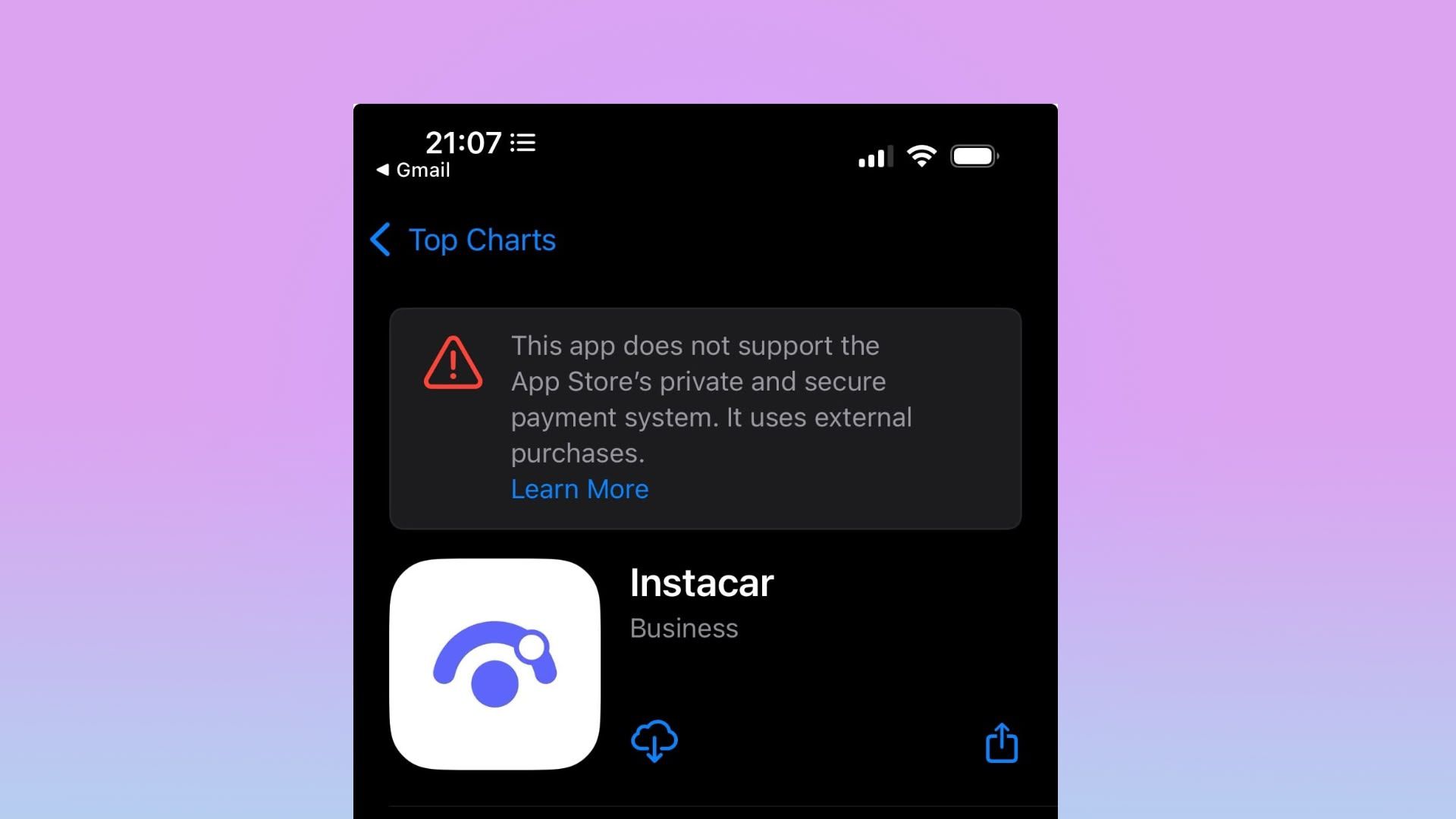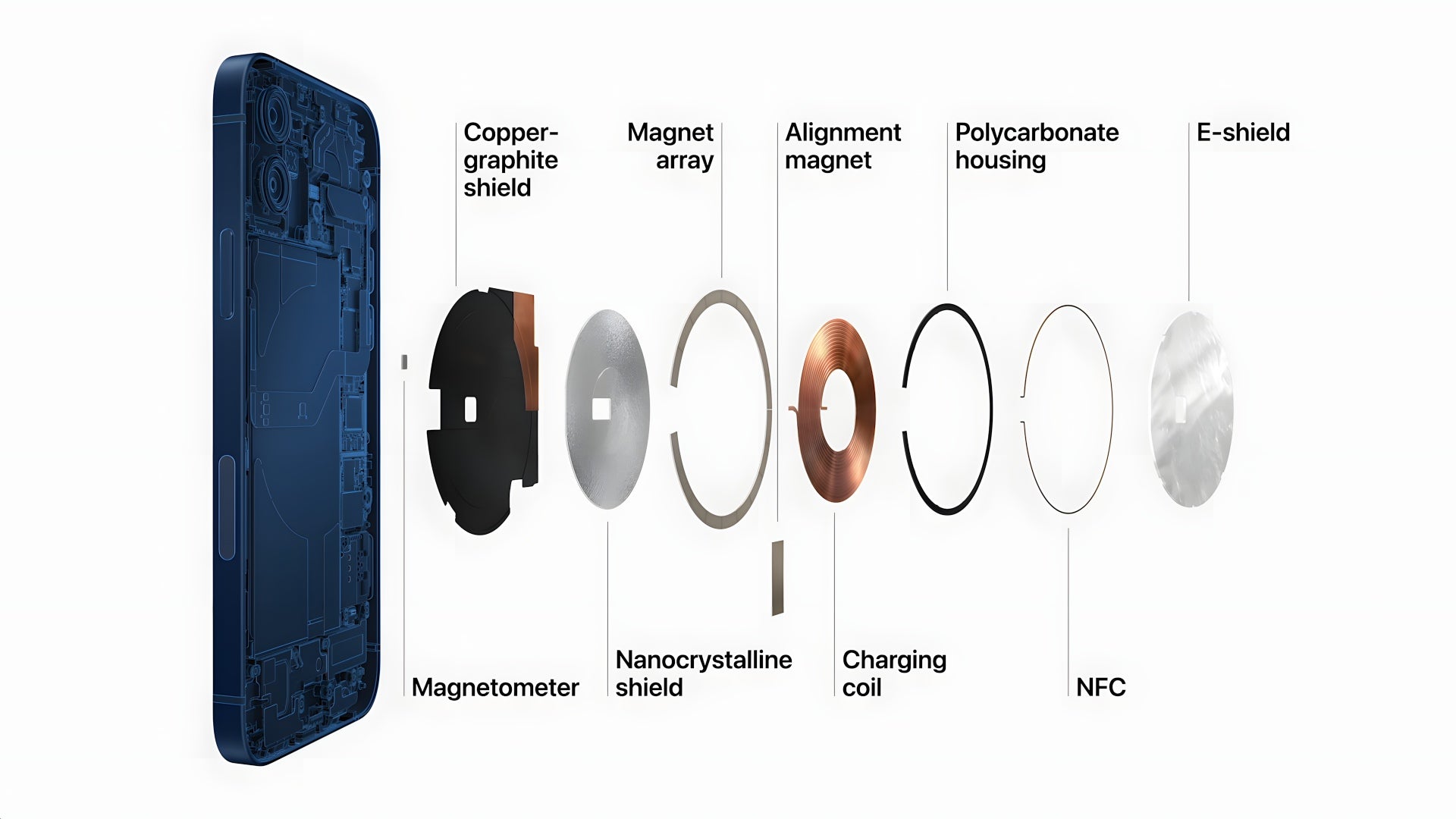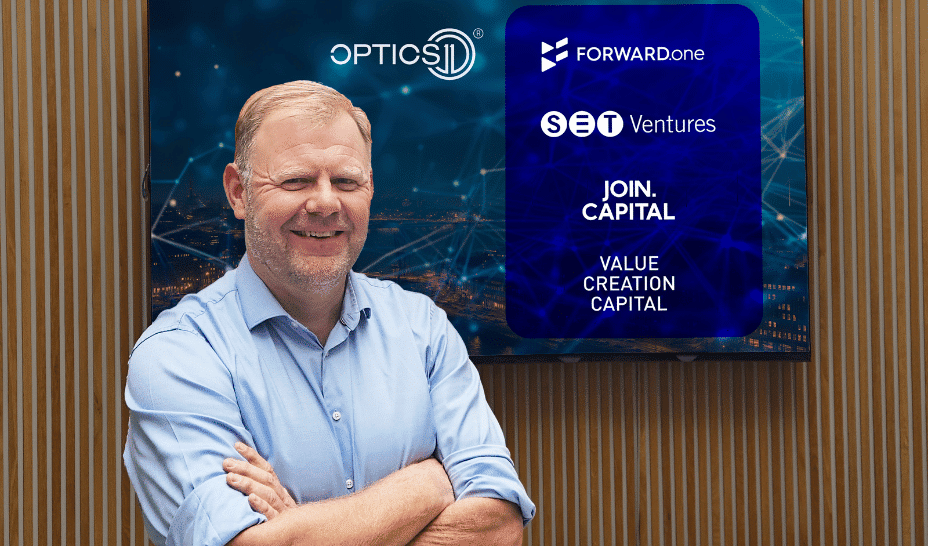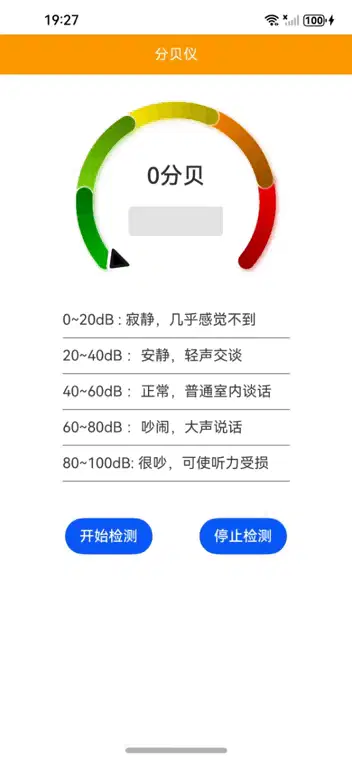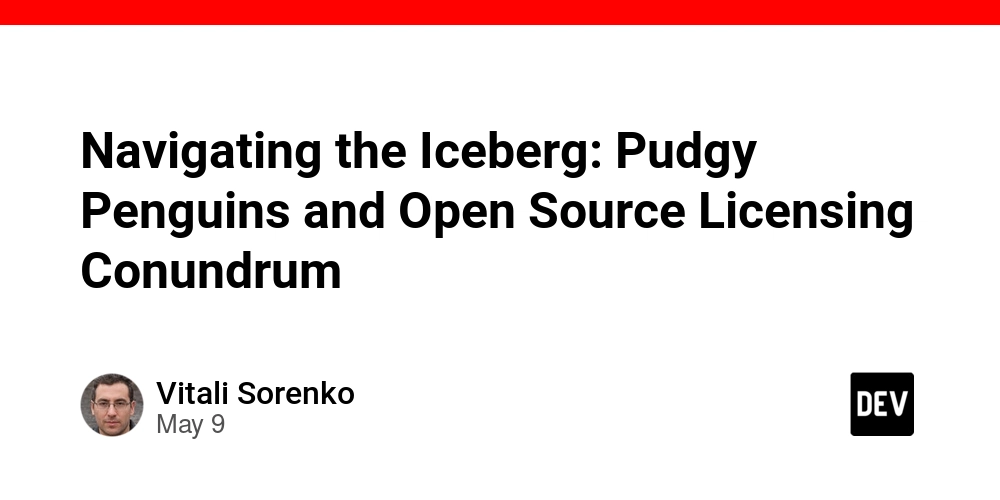Unveiling Open Data Commons Attribution License – A Comprehensive Exploration of Open Data Licensing
Abstract This article dives deep into the Open Data Commons Attribution License (ODC-By) and its role in the ever-evolving open data and open source ecosystem. We explore its history, core features, applications, limitations, and the future innovations that may address its challenges. By comparing ODC-By to alternative licensing models such as the Open Compensation Token License (OCTL) and traditional licenses like the MIT License and GNU GPL, we provide a detailed technical review for developers, researchers, and open source enthusiasts. Our discussion includes practical examples, well-structured tables, and clear bullet lists – all curated to help you make an informed decision when choosing an open data license for your projects. Introduction In today’s fast-paced digital world, data sharing and collaboration are at the heart of innovation. The Open Data Commons Attribution License (ODC-By) plays a pivotal role in enabling open data reuse and fostering community-driven development. In this post, we discuss the technical and legal nuances of ODC-By, its origins, and the ecosystem surrounding open source and fair code licensing. We’ll also see how it stacks up against alternative models that aim to solve challenges around developer compensation and commercial exploitation. With simple sentences and clear language, this article is designed for both seasoned software developers and newcomers interested in sustainable digital innovation. Background and Context The emergence of open data licenses was driven by the need to simplify legal frameworks while maintaining creator recognition. Historically, the ODC-By license grew out of efforts to encourage unrestricted data reuse while ensuring that attribution remains with the original author. Its design is similar in philosophy to the Creative Commons Attribution License, but with a keen focus on data instead of creative works. Key points in the ecosystem include: Origins: Developed by open data advocates who desired a simpler legal instrument than those seen in traditional proprietary models. Sustainability: Emphasizes long-term community trust and reduces legal complexities. Adoption: Used widely in government portals like data.gov and academic research initiatives to facilitate innovation. Open source licensing discussions often involve comparisons with models like the Open Compensation Token License (OCTL) that integrate modern blockchain-based compensation mechanisms. This raises a broader question: Is fair recognition enough, or should financial reward mechanisms be built into the license itself? For more background on open source licensing, visit OSI Licenses and check out recent discussions on Hacker News. Core Concepts and Features Understanding the ODC-By license requires a look at its key concepts that include: Attribution Requirement: Users can reuse the data under the condition that the original source is credited properly. This is a minimal yet powerful requirement intended to safeguard intellectual credit. Permissive Nature: The license is designed to be flexible. It allows both modification and reuse – whether the purpose is academic research or private enterprise. Legal Simplicity: It offers clear, easy-to-understand provisions that lower the legal overhead for developers. The license’s stability is one of its major strengths, being appreciated for minimal revisions over time. Transparency: The open nature of the license not only encourages collaboration but also paves the way for community-driven enforcement, despite some inherent limitations. These core attributes have positioned ODC-By as a popular option in fields where developers prefer minimal restrictions. At the same time, it faces criticism regarding its inability to mandate financial compensation for commercial users. Table: ODC-By vs. Alternative Open Source Licenses License Attribution & Flexibility Compensation Mechanism Legal Complexity Community Enforcement ODC-By (ODC-By Text) Simple attribution; very permissive for data reuse Minimal; relies on donation-based recognition Low; clear and mature legal text Primarily community-driven OCTL (OCTL Whitepaper) High transparency with blockchain integration Built-in token rewards for developers Moderate; blockchain legalities add layers Automated mechanisms via blockchain ledger MIT License (MIT License) Highly permissive; only requires attribution in best practices None; compensation relies on voluntary donations Very low; extremely simple Minimal enforcement; relies on community goodwill GNU GPL (GNU GPL) Strong copyleft; mandates derivative works share the same license None; ensures reciprocity, not direct compensation High; more legally dense Enforced by community norms and legal challenges This table helps clarify the trade-offs of each licensing model, particularly for developers aiming for a balance between openness and fair compensation.
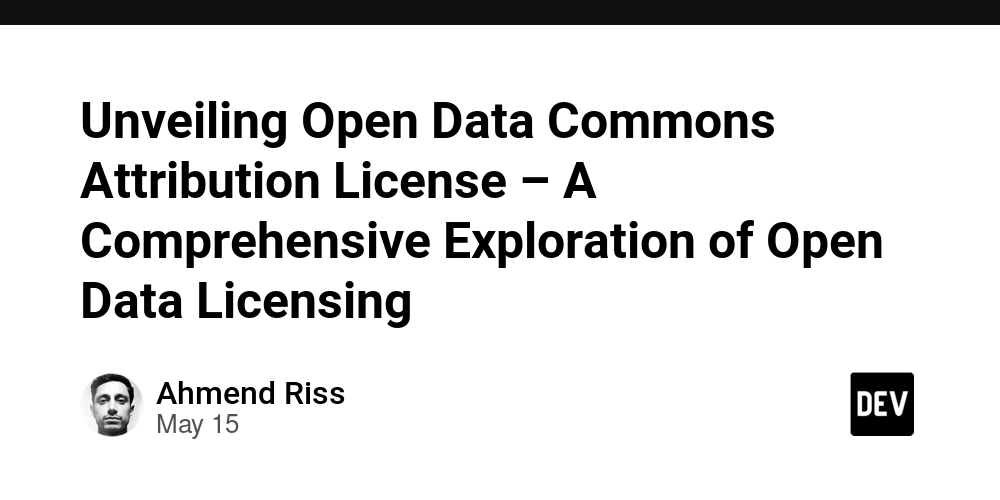
Abstract
This article dives deep into the Open Data Commons Attribution License (ODC-By) and its role in the ever-evolving open data and open source ecosystem. We explore its history, core features, applications, limitations, and the future innovations that may address its challenges. By comparing ODC-By to alternative licensing models such as the Open Compensation Token License (OCTL) and traditional licenses like the MIT License and GNU GPL, we provide a detailed technical review for developers, researchers, and open source enthusiasts. Our discussion includes practical examples, well-structured tables, and clear bullet lists – all curated to help you make an informed decision when choosing an open data license for your projects.
Introduction
In today’s fast-paced digital world, data sharing and collaboration are at the heart of innovation. The Open Data Commons Attribution License (ODC-By) plays a pivotal role in enabling open data reuse and fostering community-driven development. In this post, we discuss the technical and legal nuances of ODC-By, its origins, and the ecosystem surrounding open source and fair code licensing. We’ll also see how it stacks up against alternative models that aim to solve challenges around developer compensation and commercial exploitation. With simple sentences and clear language, this article is designed for both seasoned software developers and newcomers interested in sustainable digital innovation.
Background and Context
The emergence of open data licenses was driven by the need to simplify legal frameworks while maintaining creator recognition. Historically, the ODC-By license grew out of efforts to encourage unrestricted data reuse while ensuring that attribution remains with the original author. Its design is similar in philosophy to the Creative Commons Attribution License, but with a keen focus on data instead of creative works.
Key points in the ecosystem include:
- Origins: Developed by open data advocates who desired a simpler legal instrument than those seen in traditional proprietary models.
- Sustainability: Emphasizes long-term community trust and reduces legal complexities.
- Adoption: Used widely in government portals like data.gov and academic research initiatives to facilitate innovation.
Open source licensing discussions often involve comparisons with models like the Open Compensation Token License (OCTL) that integrate modern blockchain-based compensation mechanisms. This raises a broader question: Is fair recognition enough, or should financial reward mechanisms be built into the license itself?
For more background on open source licensing, visit OSI Licenses and check out recent discussions on Hacker News.
Core Concepts and Features
Understanding the ODC-By license requires a look at its key concepts that include:
- Attribution Requirement: Users can reuse the data under the condition that the original source is credited properly. This is a minimal yet powerful requirement intended to safeguard intellectual credit.
- Permissive Nature: The license is designed to be flexible. It allows both modification and reuse – whether the purpose is academic research or private enterprise.
- Legal Simplicity: It offers clear, easy-to-understand provisions that lower the legal overhead for developers. The license’s stability is one of its major strengths, being appreciated for minimal revisions over time.
- Transparency: The open nature of the license not only encourages collaboration but also paves the way for community-driven enforcement, despite some inherent limitations.
These core attributes have positioned ODC-By as a popular option in fields where developers prefer minimal restrictions. At the same time, it faces criticism regarding its inability to mandate financial compensation for commercial users.
Table: ODC-By vs. Alternative Open Source Licenses
| License | Attribution & Flexibility | Compensation Mechanism | Legal Complexity | Community Enforcement |
|---|---|---|---|---|
| ODC-By (ODC-By Text) | Simple attribution; very permissive for data reuse | Minimal; relies on donation-based recognition | Low; clear and mature legal text | Primarily community-driven |
| OCTL (OCTL Whitepaper) | High transparency with blockchain integration | Built-in token rewards for developers | Moderate; blockchain legalities add layers | Automated mechanisms via blockchain ledger |
| MIT License (MIT License) | Highly permissive; only requires attribution in best practices | None; compensation relies on voluntary donations | Very low; extremely simple | Minimal enforcement; relies on community goodwill |
| GNU GPL (GNU GPL) | Strong copyleft; mandates derivative works share the same license | None; ensures reciprocity, not direct compensation | High; more legally dense | Enforced by community norms and legal challenges |
This table helps clarify the trade-offs of each licensing model, particularly for developers aiming for a balance between openness and fair compensation.
Applications and Use Cases
The broad applicability of the ODC-By license is evident in several practical scenarios:
Government Data Portals and Civic Tech Projects:
Public institutions utilize ODC-By to provide citizens with free access to datasets. For instance, governmental initiatives on data.gov often adopt open data licenses to promote transparency and encourage community innovation. This allows not just researchers but also civic tech startups to build applications that enhance public services.Academic Research Collaborations:
Universities and research institutes frequently associate their published datasets with the ODC-By license. Doing so ensures that data used in academic publications retain proper attribution, which in turn bolsters academic integrity. Scholars benefit from an easy-to-understand legal framework without worrying about restrictive reuse conditions.Commercial Data Integration:
Some private sector enterprises, especially in tech and healthcare analytics, leverage the ODC-By license for their open data efforts. While companies appreciate the clear legal framework, they sometimes face challenges due to the lack of integrated compensation models. Some innovative projects have even explored hybrid models – combining the simplicity of ODC-By with additional contractual agreements for commercial exploitation.
A recent Dev.to article discussed such challenges, highlighting the growing need for fair monetization mechanisms in open data projects.
Challenges and Limitations
While the ODC-By license offers many benefits, it also comes with a few challenges and limitations that developers must consider:
Ambiguity in Attribution for Derivatives:
When multiple data sources are combined, ensuring that each original source gets the required acknowledgement can be complex. Some developers have noted that the attribution clause may become ambiguous or diluted over time.Lack of Effective Compensation Mechanisms:
The license does not enforce any financial compensation. Large companies can reuse open data for profit without contributing back to the original creators. This challenge is often discussed in open source forums on Stack Overflow.Compatibility with Other Licenses:
Integrating ODC-By licensed data with other more restrictive licenses (such as copyleft licenses) can lead to legal complications. Projects that mix licensing models may experience friction during derivative development.Enforcement Difficulties:
Keeping track of proper attribution across various platforms requires strong community enforcement. Without automated enforcement tools, oversight heavily depends on community goodwill.
To summarize these challenges, consider the following bullet list:
- Ambiguous Attribution: Multiple data merges may dilute original credits.
- No Direct Revenue: Open data can be commercially exploited without compensation.
- License Compatibility Issues: Mixing with stricter open source licenses can create legal conflicts.
- Enforcement Reliance: Legal action depends largely on a vigilant community.
These issues drive the ongoing debate in the open source community about the need for innovative licensing mechanisms, such as dual licensing and blockchain-based solutions offered by models like OCTL.
Future Outlook and Innovations
Looking forward, the future of open data licensing seems to be leaning towards more integrated and innovative solutions that can complement—or even transform—the traditional models:
Blockchain-Based Solutions:
New licensing frameworks are exploring blockchain for automated verification and compensation. For example, the OCTL not only facilitates proper attribution but also provides token-based rewards, potentially ensuring fair compensation across commercial projects. Such innovations are discussed in detail on License Token.Dual Licensing Models:
Dual licensing can create a win-win scenario by offering an open data license for community use, paired with a commercial license that ensures developers are compensated. However, the legal complexities of transitioning between licenses remain a barrier that demands further innovation.Enhanced Enforcement Tools:
As AI and blockchain technologies advance, we can expect new tools to emerge for automatic monitoring of license compliance and attribution. Such technologies can help alleviate the enforcement challenges that currently plague models like ODC-By.Integration of Fair Source Principles:
The debate on fair compensation in open source licensing is likely to drive more community-led initiatives. Future trends may see the blending of traditional open data licensing with fair compensation models that are both robust and adaptable.
A recent Dev.to post provides an excellent overview of how funding and monetization models are evolving to support open source developers.
Summary
In summary, the Open Data Commons Attribution License stands as a powerful tool for ensuring open data remains accessible and properly attributed, while remaining nimble enough to serve multiple sectors—from government data portals to academic research and commercial integrations. Its strengths lie in its simplicity, legal clarity, and proven long-term stability. However, its limitations—in particular, the lack of an integrated compensation mechanism and challenges related to proper attribution enforcement—remain significant challenges that the open source community is working to overcome.
For projects where simply ensuring proper credit is the priority, ODC-By provides an excellent foundation. Yet, for those facing commercial exploitation challenges, exploring hybrid models like dual licensing or innovative platforms such as OCTL might provide a more balanced solution.
This post has explored:
- The background and context of the ODC-By license.
- Its core features and legal aspects.
- Practical applications and use cases across different industries.
- The challenges and limitations in attribution, compatibility, and developer compensation.
- A future outlook that points to innovative integrations like blockchain-based enforcement and dual licensing models that can enhance open source sustainability.
Further Reading
For those keen to dive deeper into open data licensing and emerging funding models, check out these resources:
- Open Data Commons Attribution License Text
- OSI Licenses and Documentation
- Apache & MIT License Overview
- Open Compensation Token License (OCTL)
- Recent Hacker News discussions on optimal open source licensing strategies
- Dev.to posts on open source monetization
Conclusion
The evolution of open data licensing is a reflection of broader changes in software development and digital innovation. The ODC-By license has proven its value by enabling accessible data reuse and enforcing key ethical principles like attribution and transparency. However, as commercial pressures increase and the demand for fair compensation grows, the future of open source licensing will likely require new models and hybrid approaches.
By understanding the core aspects, comparing alternative licenses, and exploring emerging technologies such as blockchain, developers and organizations can make better decisions and foster a sustainable, more equitable digital ecosystem.
We hope this comprehensive exploration of the Open Data Commons Attribution License has provided you with both a deep understanding of its technical and practical implications and insights into future innovations in open source licensing.
Happy coding and may your data always be open, accessible, and credited properly!
















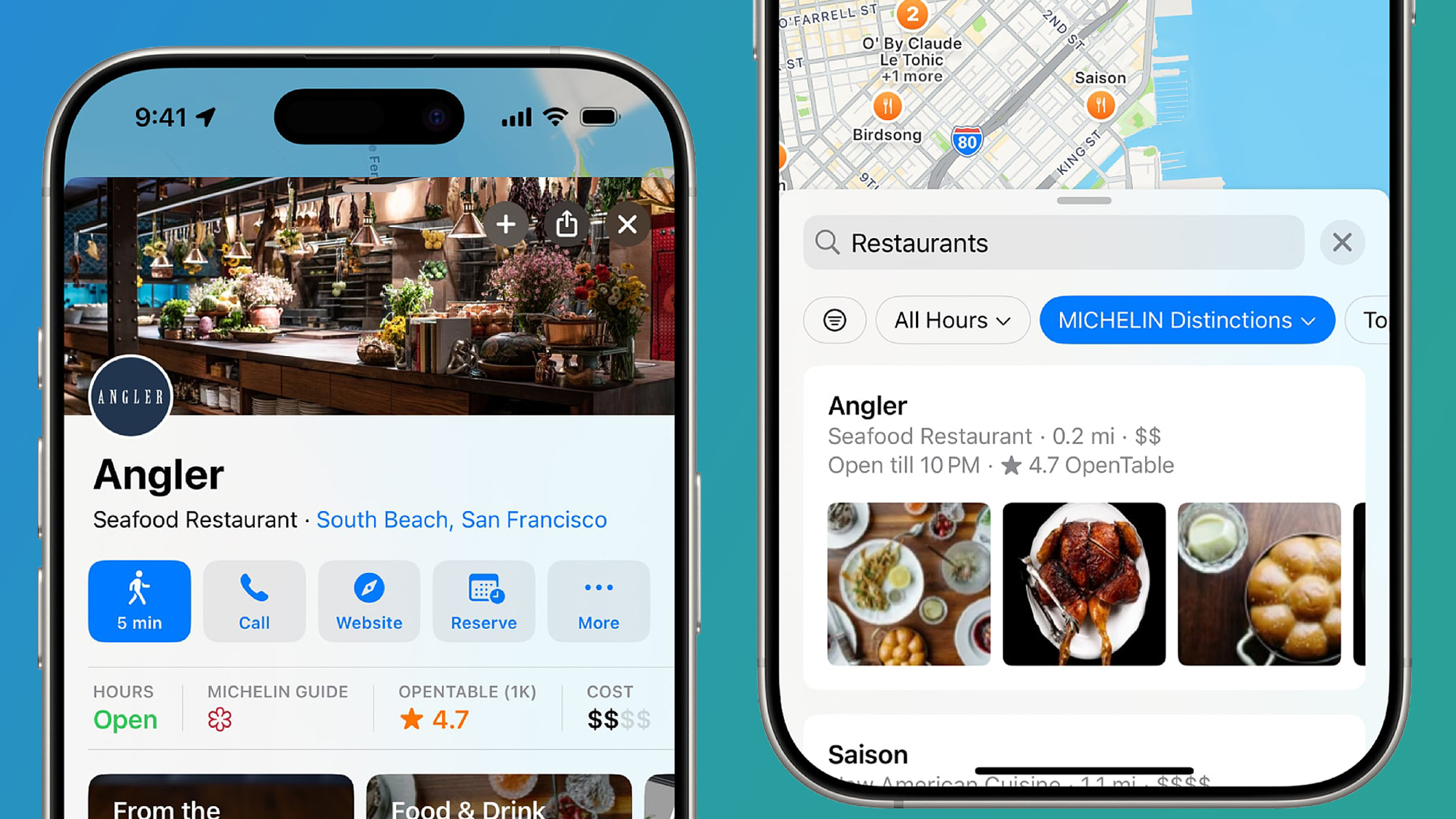



































-Abstract-Background-102024-SOURCE-Thuma.jpg)



















































































































![[The AI Show Episode 147]: OpenAI Abandons For-Profit Plan, AI College Cheating Epidemic, Apple Says AI Will Replace Search Engines & HubSpot’s AI-First Scorecard](https://www.marketingaiinstitute.com/hubfs/ep%20147%20cover.png)

























![How to Enable Remote Access on Windows 10 [Allow RDP]](https://bigdataanalyticsnews.com/wp-content/uploads/2025/05/remote-access-windows.jpg)



















































































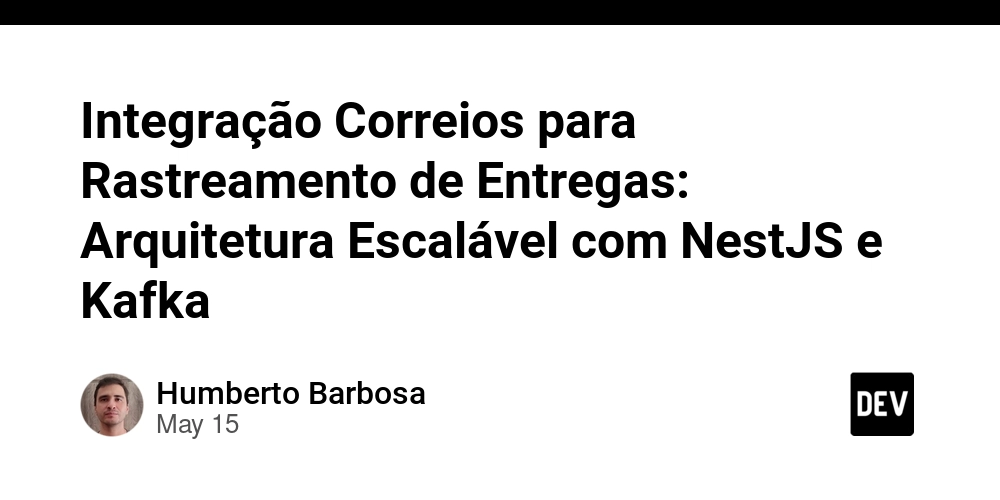

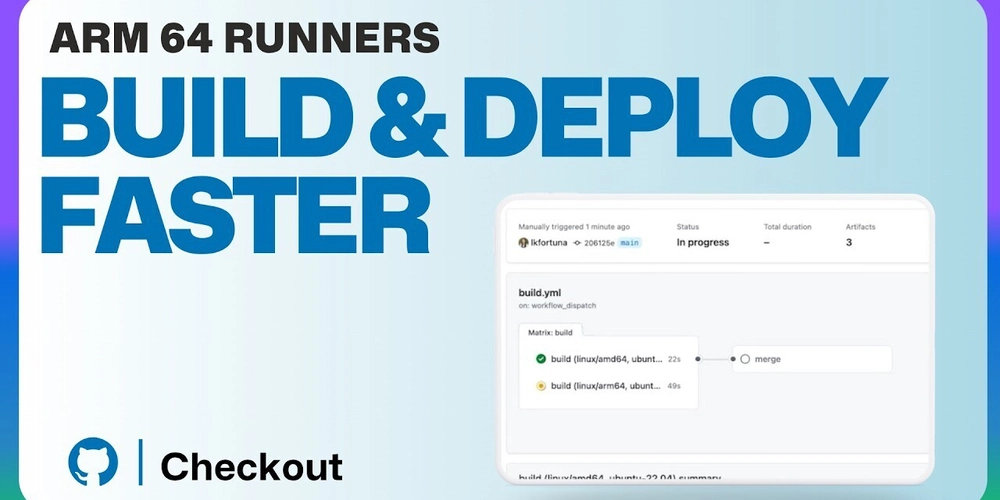









![[DEALS] The 2025 Ultimate GenAI Masterclass Bundle (87% off) & Other Deals Up To 98% Off – Offers End Soon!](https://www.javacodegeeks.com/wp-content/uploads/2012/12/jcg-logo.jpg)






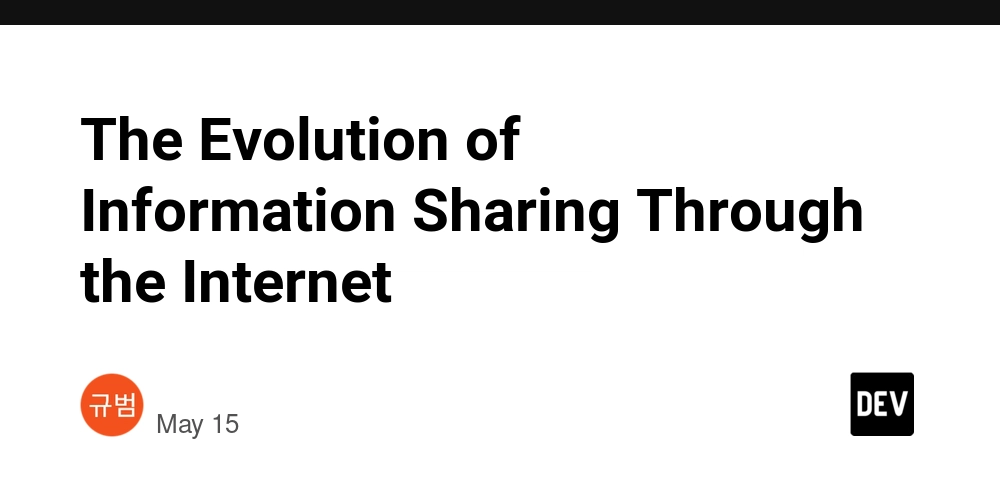


































































![Legends Reborn tier list of best heroes for each class [May 2025]](https://media.pocketgamer.com/artwork/na-33360-1656320479/pg-magnum-quest-fi-1.jpeg?#)

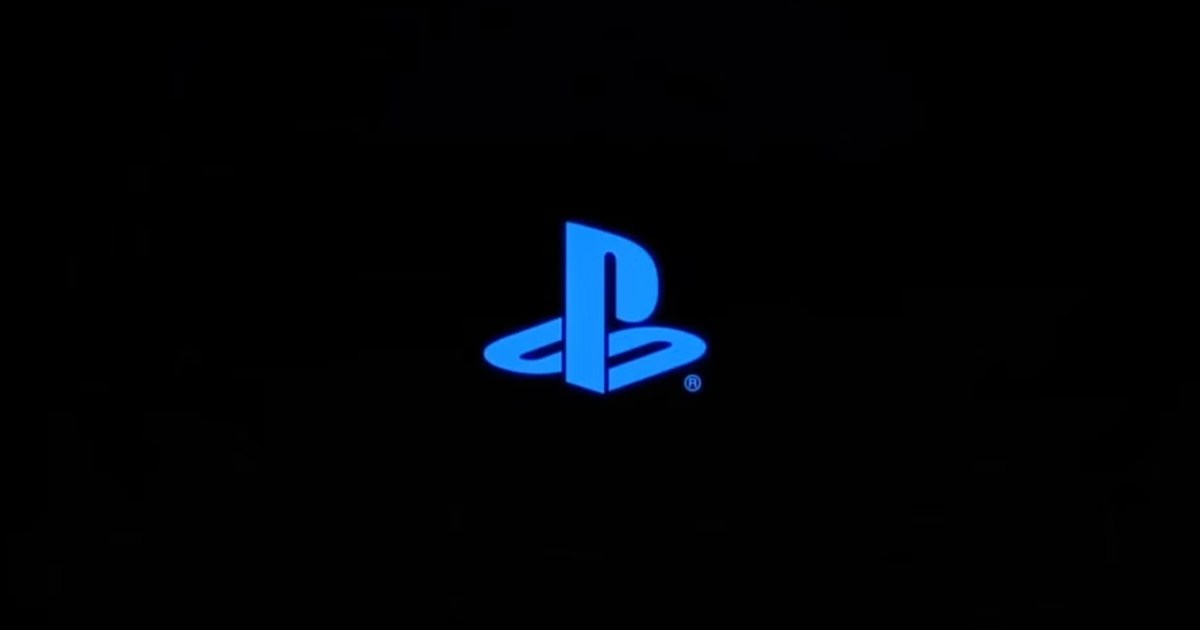













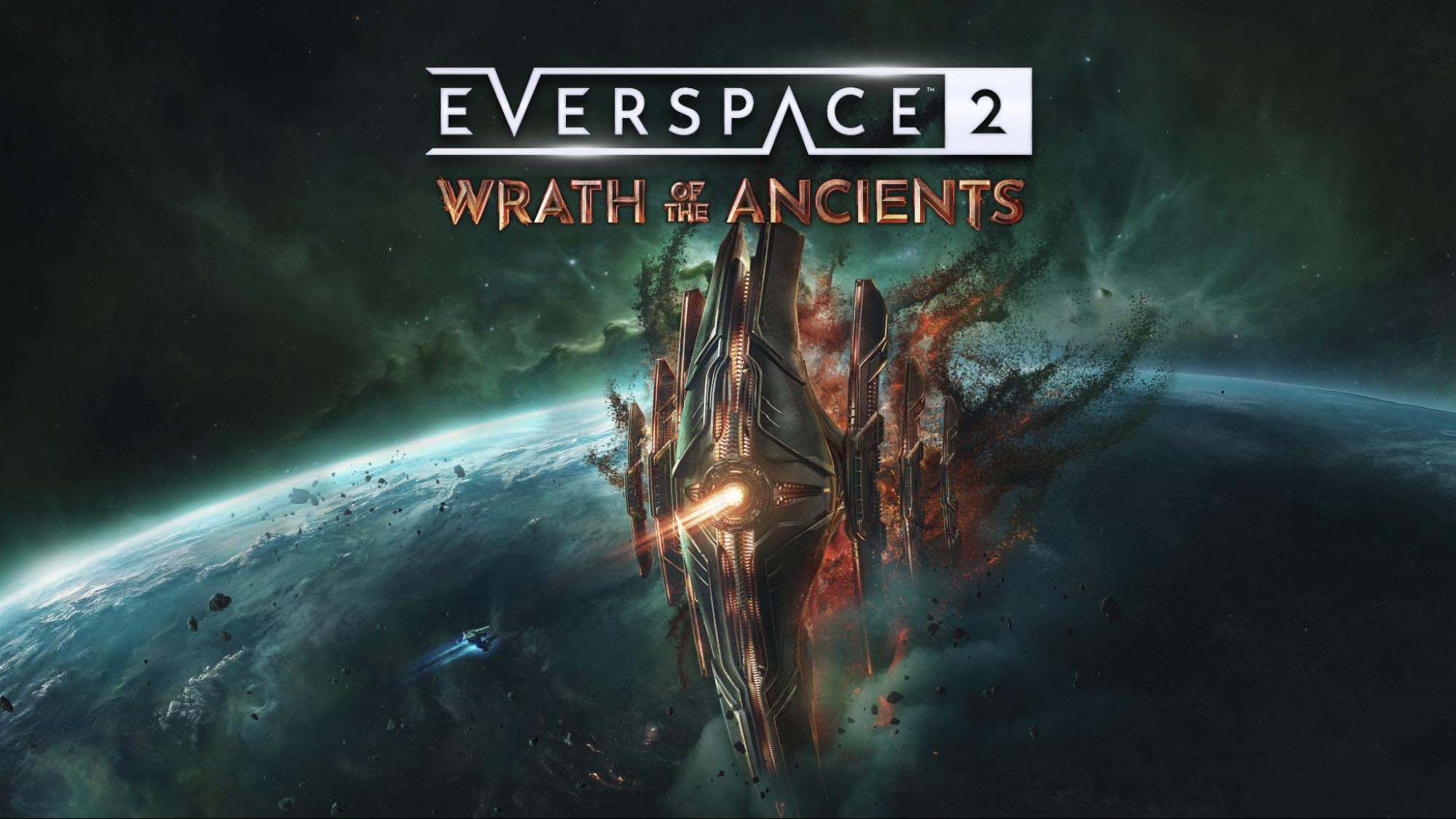
















































-Olekcii_Mach_Alamy.jpg?width=1280&auto=webp&quality=80&disable=upscale#)


_KristofferTripplaar_Alamy_.jpg?width=1280&auto=webp&quality=80&disable=upscale#)















































































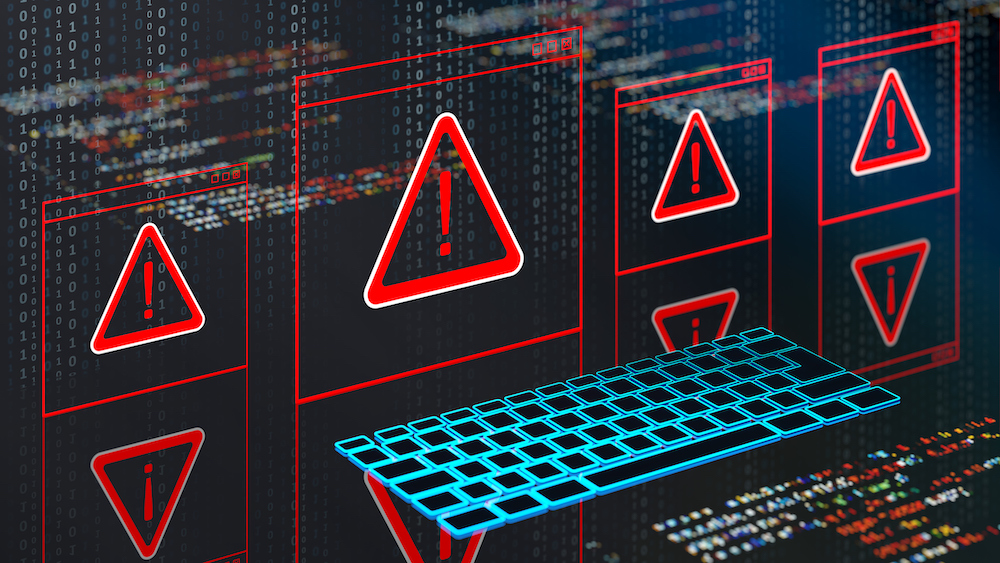




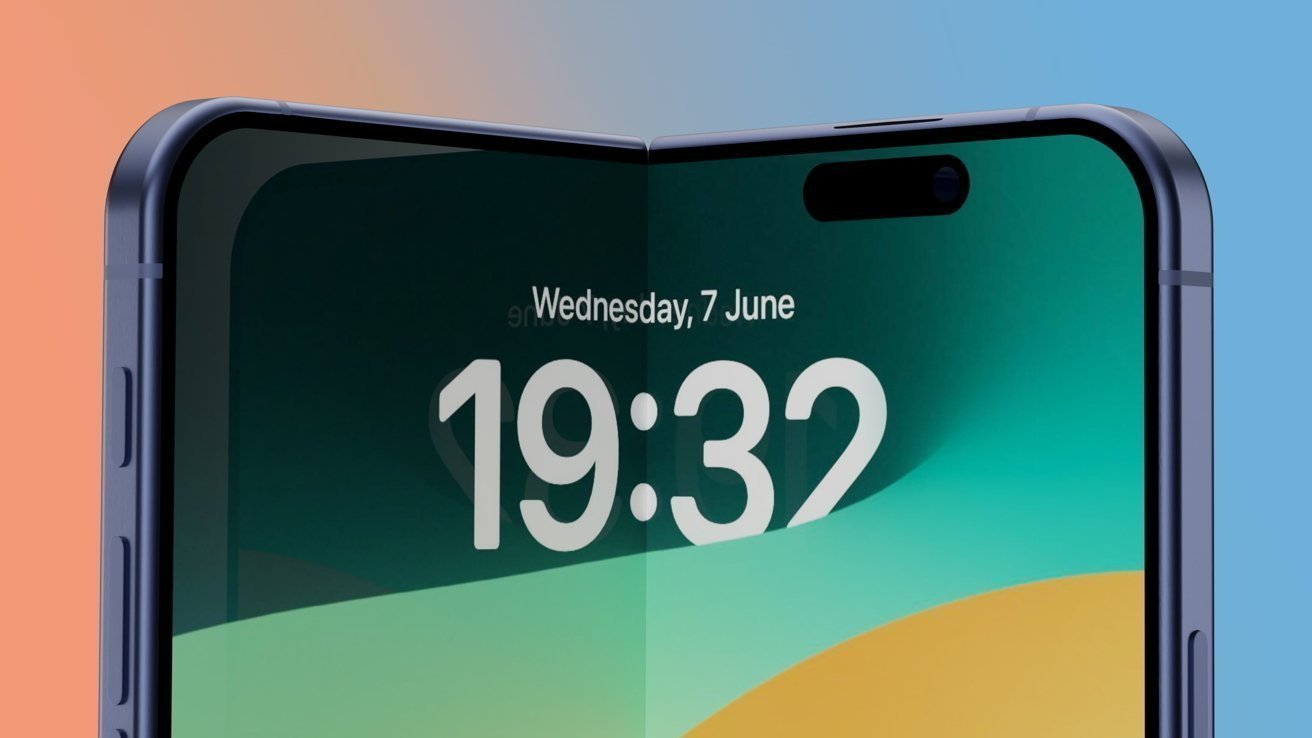
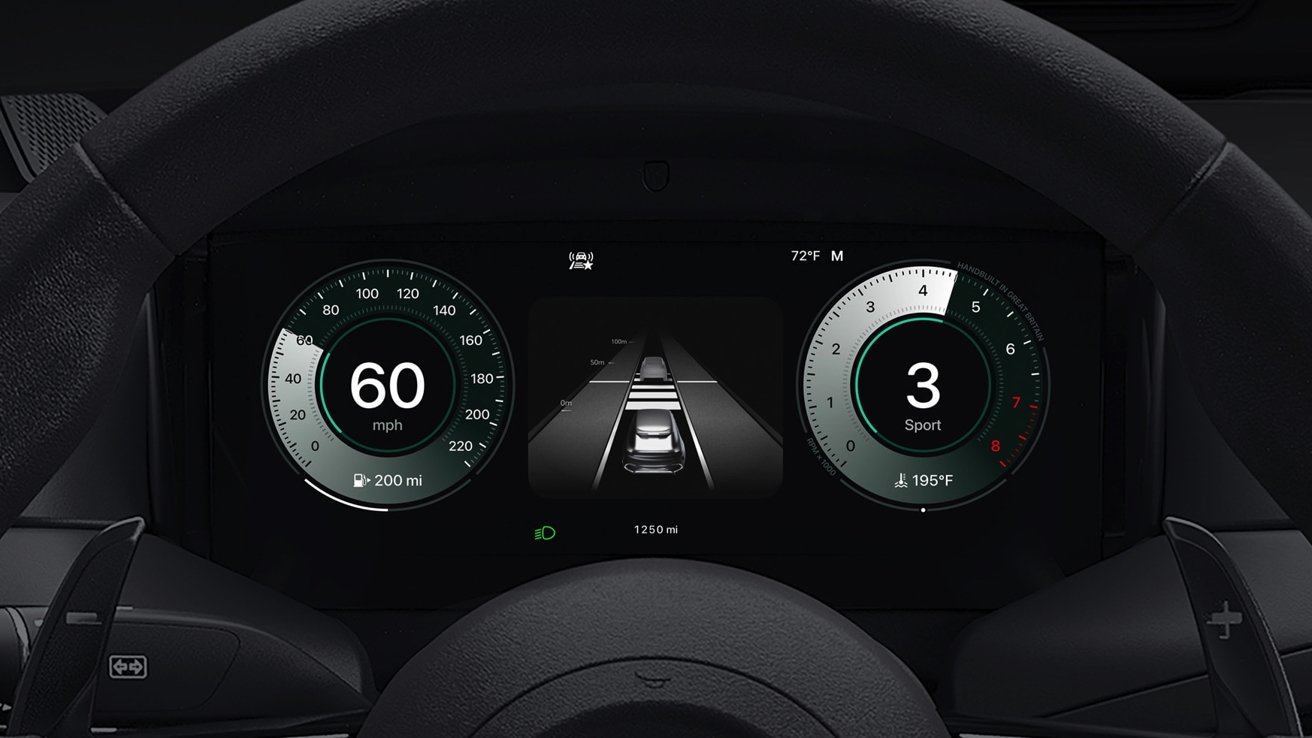
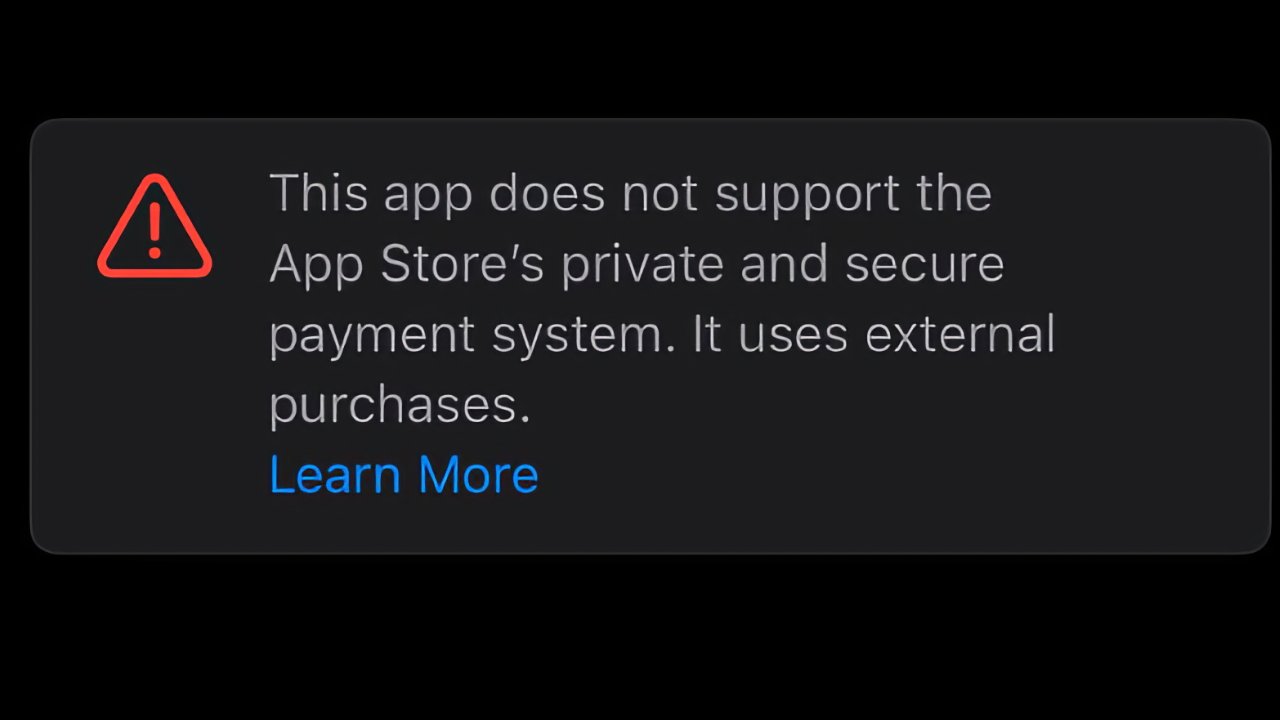

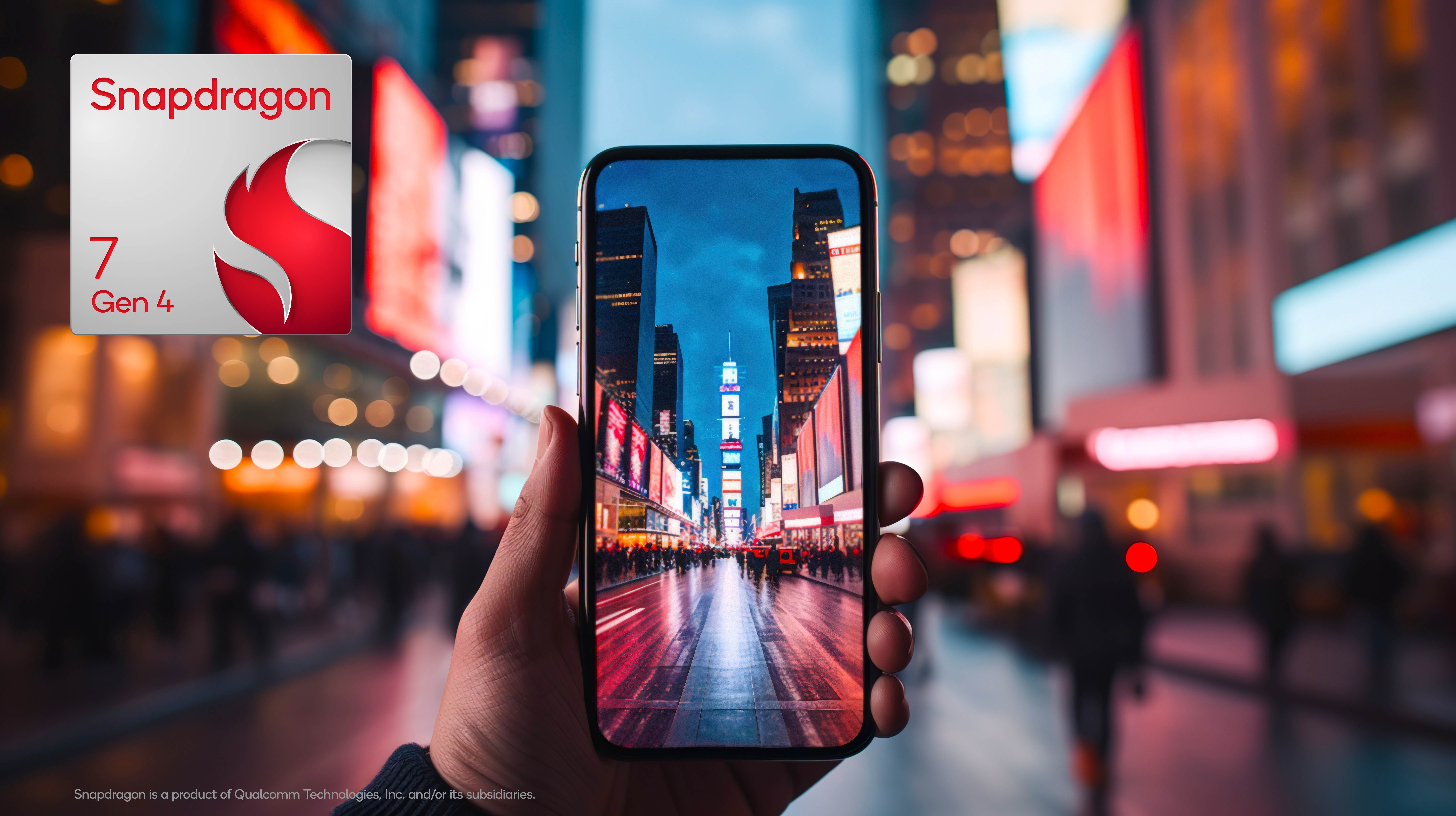





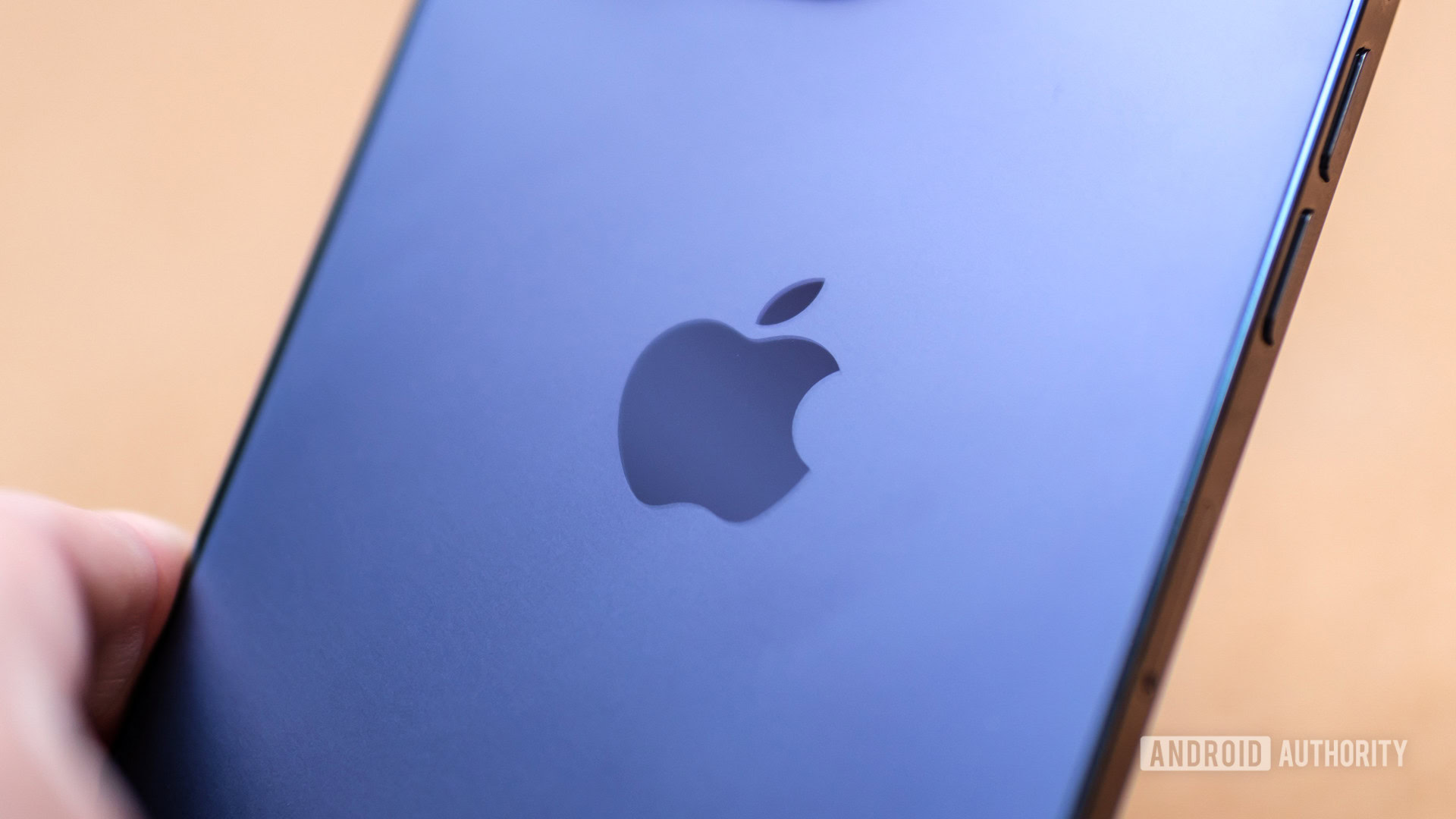

![Data brokers won’t be banned from selling your personal data without good reason [U]](https://i0.wp.com/9to5mac.com/wp-content/uploads/sites/6/2024/12/Data-brokers-may-be-banned-from-selling-your-personal-data.jpg?resize=1200%2C628&quality=82&strip=all&ssl=1)



















![Vision Pro May Soon Let You Scroll With Your Eyes [Report]](https://www.iclarified.com/images/news/97324/97324/97324-640.jpg)
![Apple's 20th Anniversary iPhone May Feature Bezel-Free Display, AI Memory, Silicon Anode Battery [Report]](https://www.iclarified.com/images/news/97323/97323/97323-640.jpg)


















